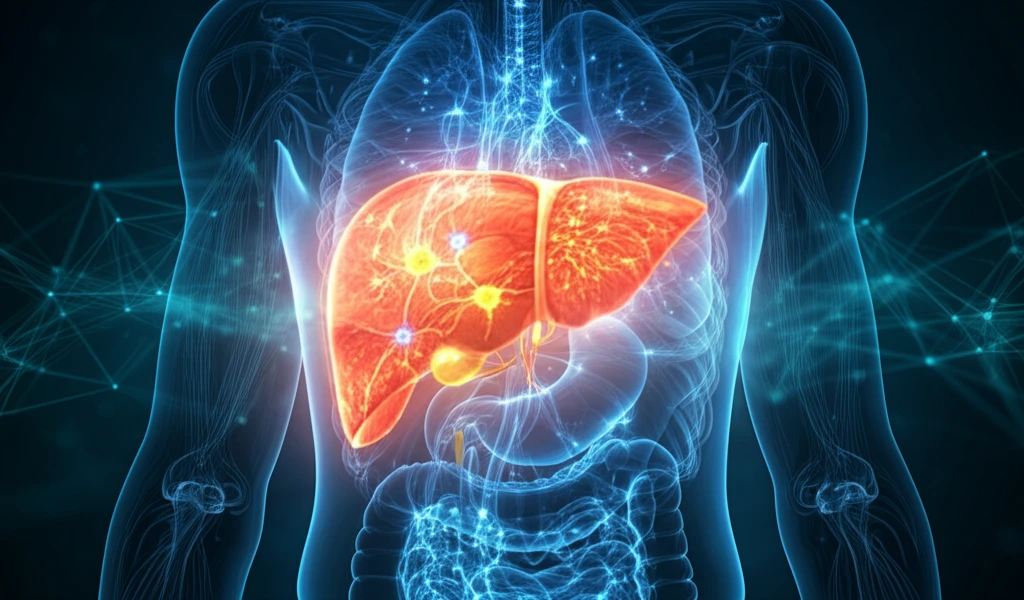
Is Your Liver Getting Enough Zinc? The Crucial Role of Trace Elements in Chronic Liver Disease
"Uncover how trace elements like zinc, copper, and iron impact liver health in children with chronic liver disease, and what you can do to support liver function through targeted nutrition."
Our livers are workhorses, constantly filtering toxins and processing nutrients. But what happens when the liver is compromised by chronic disease? The delicate balance of trace elements—those micronutrients vital for countless bodily functions—can be thrown into disarray, potentially impacting overall health, especially in growing children.
Trace elements, such as zinc, copper, and iron, walk a fine line between being essential for life and potentially harmful in excess. They act as both oxidants and antioxidants, meaning they can either protect tissues from damage or contribute to it. In the context of chronic liver disease (CLD), understanding how these elements behave is crucial for managing the condition effectively.
This article explores the intricate relationship between trace elements and chronic liver disease in children, drawing from recent research to offer insights into how these elements can be managed to support liver health and overall well-being. We'll break down the science in a way that’s easy to understand, providing actionable information for parents, caregivers, and anyone interested in liver health.
The Trace Element Trio: Zinc, Copper, and Iron

When it comes to chronic liver disease, the roles of zinc, copper, and iron are particularly significant. The liver is central to their metabolism, regulating their bioavailability, distribution, and eventual elimination. However, when the liver is diseased, its ability to manage these elements is impaired, leading to imbalances that can worsen the condition.
- Antioxidant Defense: Zinc helps neutralize harmful free radicals, protecting liver cells from oxidative stress.
- Immune Support: It strengthens the body's defenses, helping to ward off infections that can further damage the liver.
- Cellular Stability: Zinc helps maintain the integrity of cell membranes, preventing leakage and damage.
- Co-factor: Zinc is a cofactor for DNA.
Practical Steps for Managing Trace Elements
The research encourages monitoring zinc, copper, iron, total iron binding capacity, and ferritin as biomarkers for assessing the severity of liver damage in children with chronic liver diseases. It also suggests that excess iron and copper intake should be avoided. Zinc supplementation may be encouraged in the children affected.
